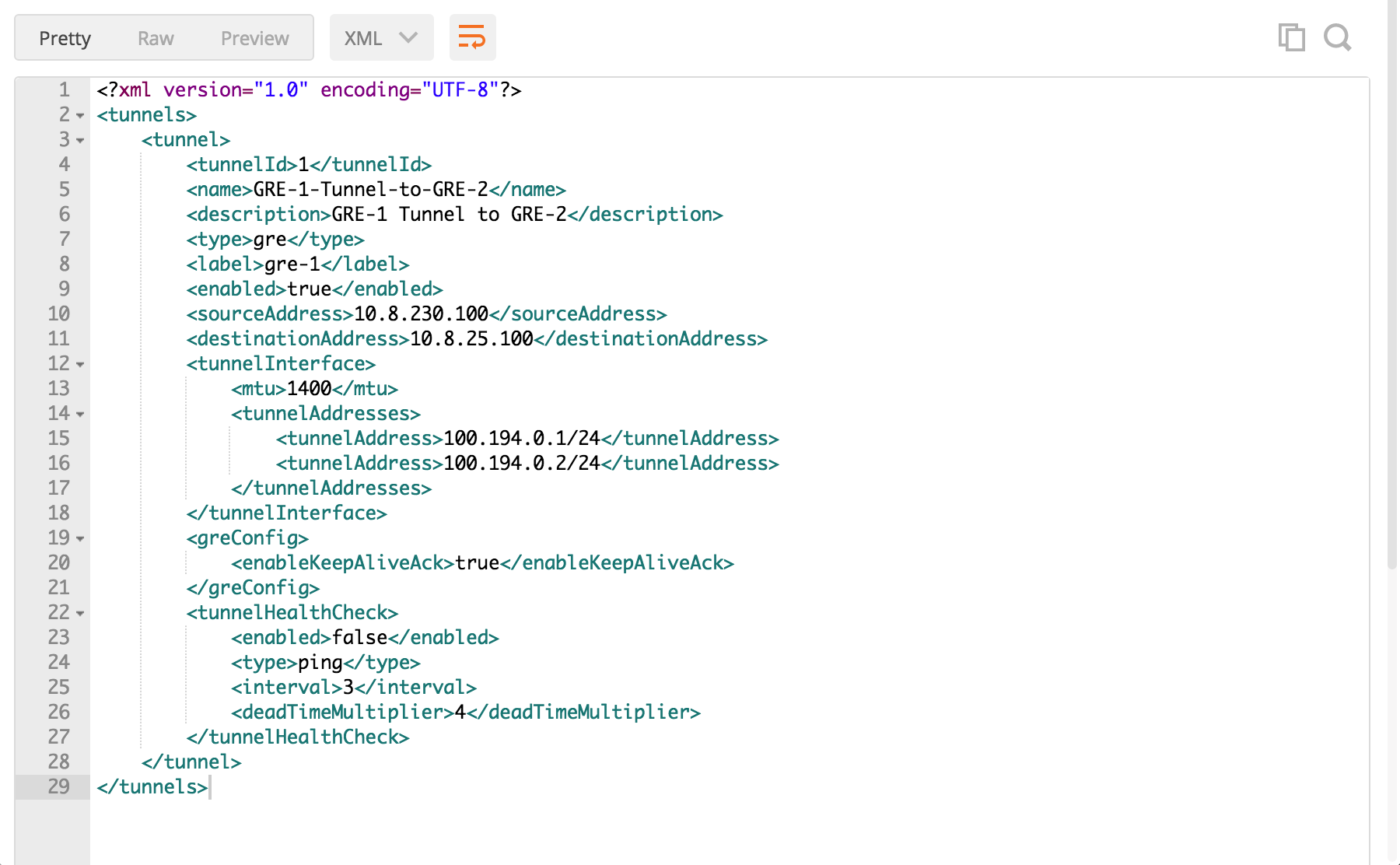
Site-B(config-if)#tunnel destination 172.16.1.1 Site-A(config-if)#tunnel destination 172.16.2.1 The default static routes are pointing to their respective ISPs. With this, Sites A and B become direct OSPF neighbors over the GRE tunnel and learn each other’s routes. Now, let’s configure Site A and Site B routers. Sending 5, 100-byte ICMP Echos to 192.168.2.1, timeout is 2 seconds:Ī traceroute to Site B’s LAN interface is sent to ISP1 GW which blackholes it. VRF info: (vrf in name/id, vrf out name/id) Gateway of last resort is 172.16.1.2 to network 0.0.0.0 Without GRE tunnelling configured, let’s see if we can ping from Site A LAN to Site B LAN: Site-A#sh ip route We have two sites, Site A and Site B, and both have their respective ISPs as default gateways to reach the Internet. Optional configs: Tunnel bandwidth, keepalive, and IP MTUįor our example configuration, we will use the topology below. It can be a physical or loopback interface. Configure an IP address for the tunnel interface.Here’s the step-by-step process for configuring the GRE tunnel: Once the packet reaches the remote tunnel endpoint, the GRE header is removed (de-encapsulation), and the original data packet is routed to the remote network. The new IP header information now allows the GRE packet to be routed between two tunnel endpoints without inspecting the original packet’s payload. The GRE packets consist of GRE header and flags, original IP header, and payload data. When a router encapsulates data packets, it modifies the packet’s header information (encapsulation) to include the remote endpoint’s IP address as the destination. We can also use GRE to tunnel routing protocols like RIP, OSPF, or EIGRP between HQ and branch sites. GRE is used in many instances, such as transporting IPv6 traffic over an IPv4-only network. The Generic Routing Encapsulation Tunnel IP Source and Destination VRF Membership feature allows you to configure the sourceĪnd destination of a tunnel to belong to any virtual private network (VPN) routing and forwarding (VRF) table.Generic Routing Encapsulation or GRE protocol is developed by Cisco and it provides a virtual point-to-point private connection and encapsulates and forwards packets over an IP-based network. Generic Routing Encapsulation Tunnel IP Source and Destination VRF Membership Feature History for Generic Routing Encapsulation Tunnel IP Source and Destination VRF Membership To access Cisco Feature Navigator, go to An account on is not required.
#Gre tunnel software
Use Cisco Feature Navigator to find information about platform support and Cisco software image support. Subsequent releases of that software release train also support that feature.

Only the software release that introduced support for a given feature in a given software release train.

The following table provides release information about the feature or features described in this module. Registered users can log in from this pageįeature History for Generic Routing Encapsulation Tunnel IP Source and Destination VRF Membership Links to products, technologies, solutions, technical tips, and tools. The Cisco Technical Support & Documentation website contains thousands of pages of searchable technical content, including

No new or modified RFCs are supported by this feature, and support for existing RFCs has not been modified by this feature. No new or modified standards are supported by this feature, and support for existing standards has not been modified by this "Configuring Multiprotocol Label Switching" chapter of the Cisco IOS Switching Services Configuration Guide, Release 12.2Ĭisco IOS Interface Configuration Guide, Release 12.2


 0 kommentar(er)
0 kommentar(er)
